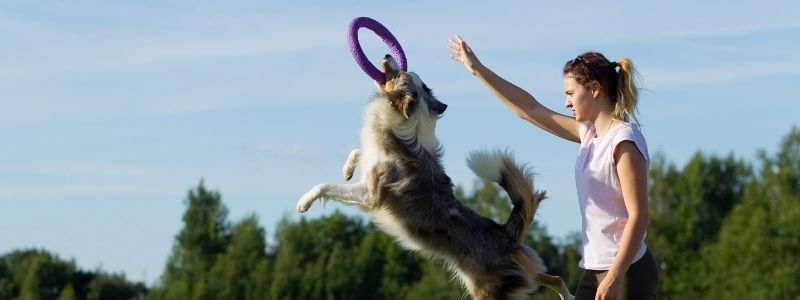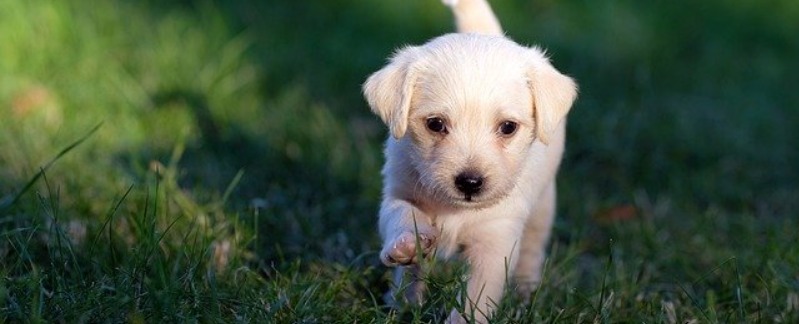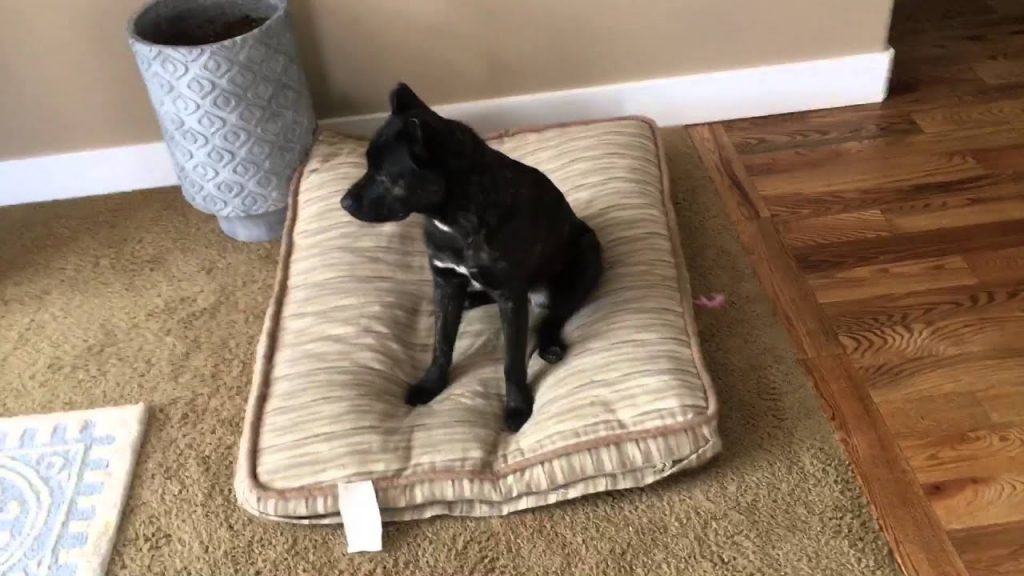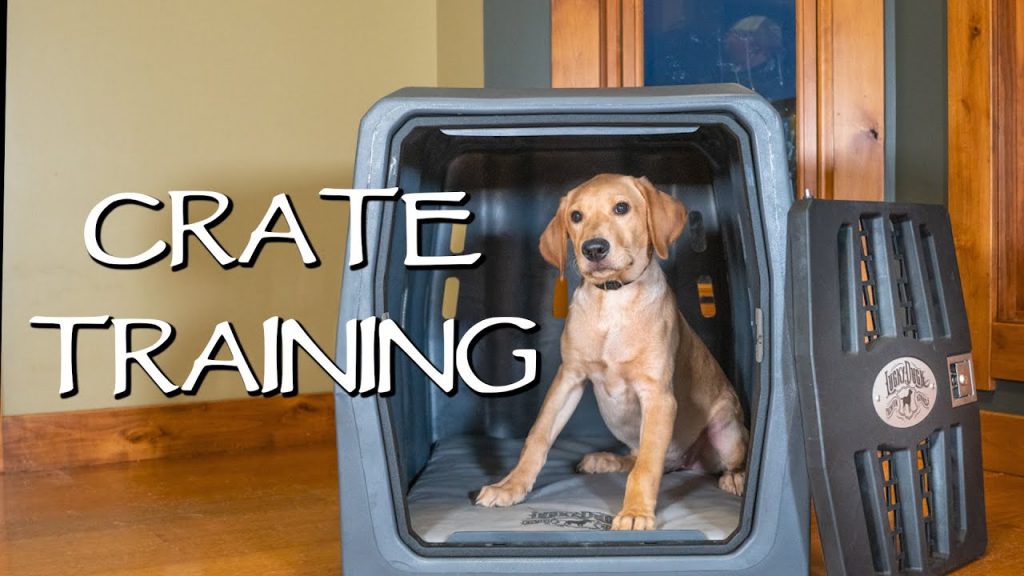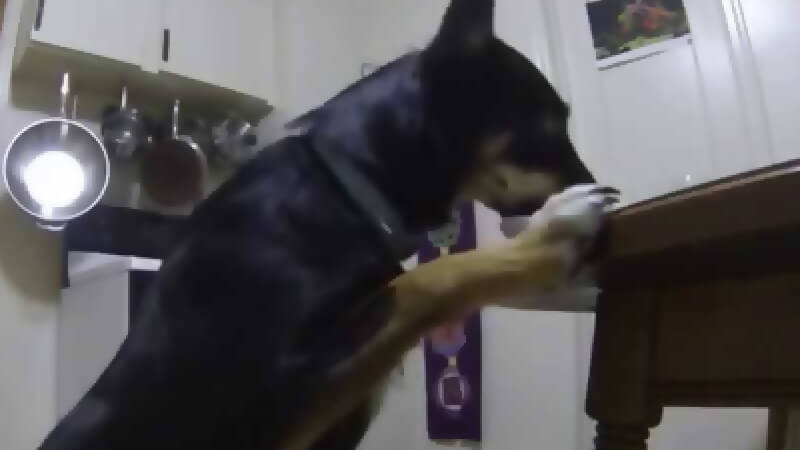Best Training Techniques for Dogs
Contents
First of all, I will define success within the context of this discussion. Success is reaching predetermined goals or a much-desired condition as a dog owner/trainer. Next, I will provide an example of a much-desired state. That condition is one in which the owner/trainer has established his or her position as the dog’s unquestioned leader, and the dog willingly and joyfully accepts his or her status as the follower in a mutually rewarding and enjoyable relationship. Now, I will enumerate some examples of some specific training and socialization goals:
A dog that comes to me immediately when called under all circumstances.
A dog that heels or walks comfortably at my side when commanded to do so
A dog that stays in position as commanded until released or told to move by me
A dog that stops when commanded to do so in situations where he or she is walking towards me or away from me.
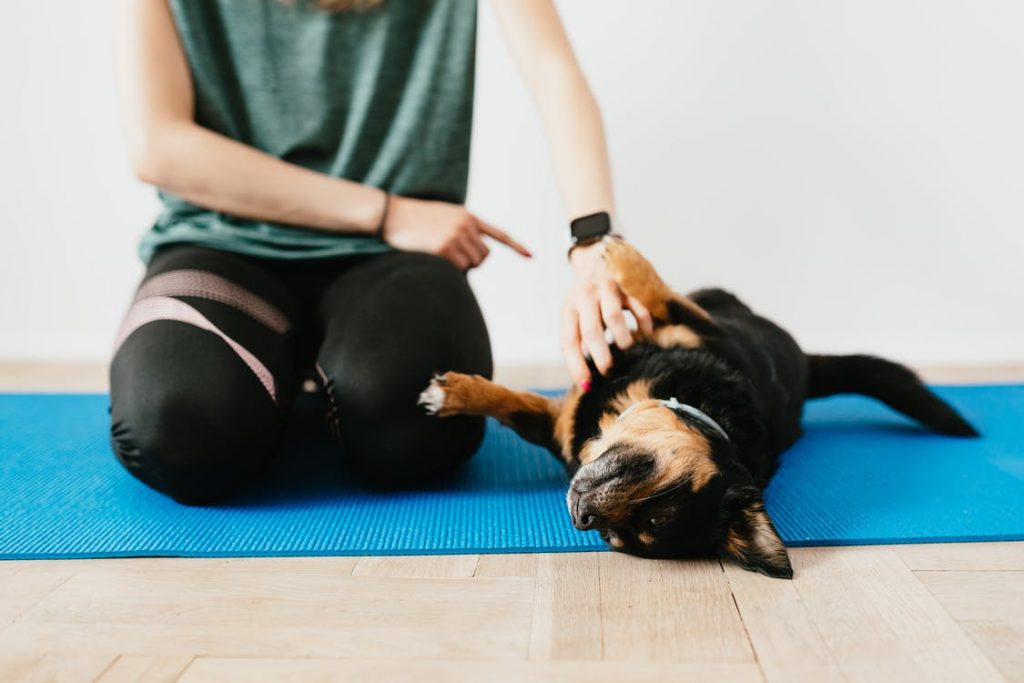
I realize that each owner/trainer has the freedom to set her or his training and socialization goals. However, using the above as a model, let us move forward to see how we might accomplish the goals and reach the desired condition. We will start with some essential principles or what I have referred to as “Vital Keys to Success” in dog training or just about any other endeavor. They are:
- Pleasure
- Enthusiasm
- Praise
- Patience
- Persistence
- Control
- Challenges
- Attention
- Practice
While there is much to be said about each of these principles, at this time, I will mention just a few words about them.
Are you and your dog having fun?
Starting with Pleasure, we want to make sure that the training/learning situation is pleasurable to both dog and owner/trainer. There is a learning principle or law of behavior (“Thorndyke’s Law of Effect.”) that says, in effect, that habits learned under reinforcing social circumstances tend to be repeated and things learned under unpleasant conditions or less likely to occur again. We can maximize the chances that training sessions will produce optimum results by keeping them relatively short and upbeat.
Be Energetic and Positive
Enthusiasm will also help in this regard. We should be enthusiastic and transmit that energy to the dog, mainly when we are giving lavish Praise to our companion while responding to the command “Come.” This lavish Praise, as the dog is responding from the very beginning, tends to motivate the dog and prompt an enthusiastic response. When I say the very beginning, I mean that the Praise should start at the time the dog pays attention to the command. And, it should continue until the entire command or behavior has been completed. In this way, the practice can be expertly shaped.
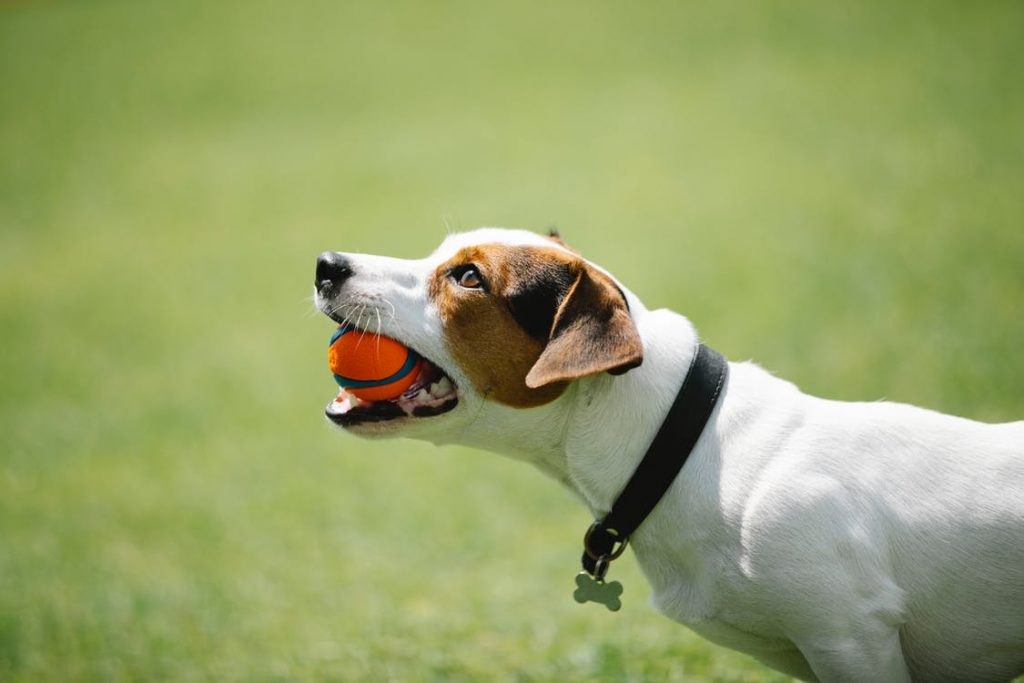
You must continue with patience until the training goal or desired condition is reached.
Pay Attention to Your Dog’s Behavior
Attention is mentioned in the above paragraph, and it recently dawned on me that Attention should be included among the “Vital Keys to Success.” For just about any command or direction we want to give our dogs, we must first get their Attention. Therefore, it is necessary to become aware of and develop ways to get and keep our dogs attention for varying periods of time appropriate to the activity or interaction that we are engaged in at a particular time.
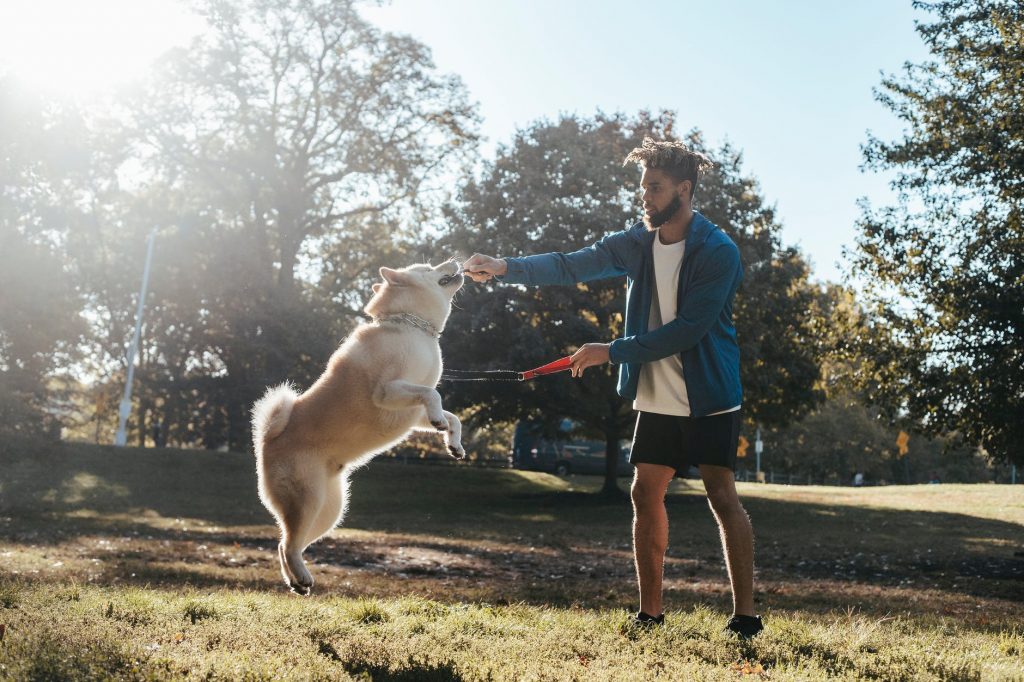
Not only, must we get our dogs to pay attention to us, but we should be keenly observant and pay attention to them. This is entirely necessary to developing the timing to deliver reinforcement at the appropriate time among other things such as getting to know our dogs as unique individuals a little better.
How to Stop Dog Fence Fighting
First of all, I will define success within the context of this discussion. Success is reaching predetermined goals or a much-desired condition as a dog owner/trainer. Next, I will provide an example of a much-desired state. That condition is one in which the owner/trainer has established his or her position as the dog’s unquestioned leader, and the dog willingly and joyfully accepts his or her position as the follower in a mutually rewarding and enjoyable relationship. Now, I will enumerate some examples of some specific training and socialization goals:
A dog that comes to me immediately when called under all circumstances.
A dog that heels or walks comfortably at my side when commanded to do so
A dog that stays in position as commanded until released or told to move by me
A dog that stops when commanded to do so in situations where he or she is walking towards me or away from me.
I realize that each owner/trainer has the freedom to set her or his training and socialization goals. However, using the above as a model, let us move forward to see how we might accomplish the goals and reach the desired condition. We will start with some essential principles or what I have referred to as “Vital Keys to Success” in dog training or just about any other endeavor. They are:
- Pleasure
- Enthusiasm
- Praise
- Patience
- Persistence
- Control
- Challenges
- Attention
- Practice
While there is much to be said about each of these principles, at this time, I will mention just a few words about them.
Take Control and Show Them Who’s Boss
To the extent possible, we must be in control of the whole situation which includes, among other things, our emotions and behavior as well as the dogs’ behavior and to the extent possible, the dog’s feelings. That is to say, that we must act in such a way to keep the dog happy and enthusiastic about the training. Where appropriate, we must control the dog’s range or degree of freedom when training certain behaviors. For example, it can be challenging to teach a dog to come if (s)he is free to get too far away from the trainer. Also, you should exercise control over those aspects of the training environment that you can gain or use control over. For example, particularly about teaching your dog a new behavior, anything that you can control that presents a distraction should be removed from the training environment. And sometimes this includes little creatures (canine, feline, and human) who are busying themselves in the training area.
Are You Challenging Your Dog?
Quite often, in our day-to-day experiences with our dogs, we encounter behaviors that are troublesome, trying and challenging to change or control. For example, an owner reports … “My dog won’t pay attention to me when the children are playing around.” Another owner says … “My dog doesn’t come when I call him until he feels like it when we are outside. These kinds of situations present challenges. And what we as dog owners must do is define, seek out where need be and meet or use these challenges to help forge that ideal leader-follower relationship between dog and owner.
Practice Makes Perfect
Last but not least, we must practice on a consistent basis so that we have regular and numerous opportunities to develop and reinforce good behavior in our dogs. At the same time, we will be improving our knowledge and skills as trainers and leaders of our well-behaved canine companions. There is a saying that – “Practice does not make perfect, but it is the perfect practice that makes perfect.” There’s no need to strive for perfection in getting our dogs to perform the behaviors and exercises that we are teaching them unless, perhaps, we want to enter them in obedience trials and achieve a perfect score. However, we should want to make sure that we are following correct procedures in the training and practice of the various behaviors or exercises that we are involved in with our dogs. More can be said about this topic and will be as time goes by. Hopefully, what has been mentioned will be helpful in our ongoing quest to “Experience the True Joy of Dog Ownership.”
Clicker Training Tips
Clicker training is an exciting, pleasurable, and productive approach to developing desirable behavior in our dogs. Many problems that dog owners have with their dogs stem from a lack of an efficient way of communicating with their dogs what it is that they want them to do. They, therefore, frequently find themselves in a negative communication situation with their dogs that do not produce the desired results nor does it lead to a mutually rewarding relationship between dog and owner. Clicker training is a positive approach that when done correctly leads to outstanding achievements in this regard. While it is not intended to eliminate the undesirable behavior, its effectiveness in developing desired behavior tends to lessen the need to correct for so much unwanted behavior. I still employ some of the more or less traditional approaches to dog training. However, I am introducing more of my clients to clicker training tips, and my dogs, and I are having a great time as they learn new behaviors (some just for the fun of it) through clicker training. While I do not want to get too deeply into the scientific underpinnings of clicker training, I do think it should prove helpful to briefly discuss some relevant terms so that we can have a better understanding of what is going on as we teach our dogs new behaviors using the clicker. The words are as follows:
- Reinforcement
- Primary reinforcer
- Secondary reinforcer
- Emitted behaviors
- Elicited behaviors
- Operant conditioning
- Shaping
To develop an understanding of those terms and how they apply to clicker training, let’s look at what a clicker is operational. It is …
A conditioned or secondary reinforcer
A signal that primary reinforcement is on the way.
A behavior or response marker.
Reinforcement is anything that strengthens behavior or increases the likelihood that it will be repeated. A reinforcer is a stimulus (e.g., tasty food treat) that provides reinforcement. A reaction or response marker is the incentive (e.g., the sound of the clicker) that identifies for the dog that the behavior or response that she is giving at the time is the one that you want.
Some of the benefits or value of the clicker as a secondary reinforcer are:
You can immediately reinforce desired behavior as it happens. Often, you click faster than you can speak a reinforcing word.
The click is easy for the dog to hear and is usually more efficient than your voice when there are noise and other distractions in the training environment.
Sometimes food held in your hand can be a distraction in teaching some behaviors.
Establishing The Clicker As A Secondary Reinforcer
To get started, select some tasty treats for your dog. They should be small and something that the dog can gulp right down. I use cubes of baked or broiled beef liver about a quarter of an inch square. I also use small pieces of dry dog food that have been flavored with liver by heating them in a bowl along with a few cubes of liver sprinkled with water in the microwave. The important thing is that the treats are something that your dog shows through his enthusiasm that he likes and wants. To establish the clicker as a secondary reinforcer, have the treats available and your clicker in hand. Sound the clicker and when your dog pays attention to the sound, give her a treat. Try varying the place where the threat comes from. That is, have some treats in your hand and give your dog a treat directly from your hand. At other times drop the treat on the floor. You want your dog to associate the treat with the sound of the clicker more so than with just you as the supplier of the treat. Continue until your dog gives an easily recognized and reliable response to the sound of the clicker. A typical response that your dog might give is, when you sound the clicker (s)he will look at the floor for a treat since you have been dropping it there as part of the conditioning process. Once this happens or you get some other easily recognized and reliable response to the sound of the clicker, you are well on the way to establishing the clicker as a secondary reinforcer.
Getting Started With Emitted or Voluntary Behavior
Clicker training is based on operant conditioning, and operant conditioning deals with emitted or voluntary behavior. So, in the beginning, we will be looking for some behavior that your dog offers on her own without any prompting by you. It could be any identifiable piece of behavior such as your dog cocking his head to one side or rolling over on his side in play. As soon as the behavior is emitted, sound the clicker and follow it with a treat. Wait to see if your dog does the behavior again. Do not do anything to prompt or cue your dog to perform the behavior. If the particular behavior is done again, sound the clicker and follow with a treat. From this point on I will indicate that action by the terms click and treat or the abbreviation (c/t).
Clicker Training An Elicited Behavior – Sit
I have seen situations wherein, after sitting or standing around waiting for the dog to offer some definable piece of behavior, nothing happens. This brings us to another type of behavior that we address in clicker training, and that is elicited behavior. This is where we do offer some stimulus or cue to get the dog to perform the behavior. Let’s use the action of the dog sitting as an example. Hold a treat close enough to your dog’s nose so that he can smell it and then raise it over his head so that he will have to look up at it. Hold it there, and he should settle into the sitting position. As soon as he begins to sink into the sitting position, click and treat. If upon hearing the clicker, your dog does not complete the set because he is eager to get the treat, that’s OK. You have marked the beginning of the behavior that you want, and that is important in the shaping of behavior. If this way of getting your dog to sit is new to you, remember to remain calm if your dog starts jumping around or up at the treat. Just calmly hold it up or maneuver it in such a fashion that he eventually settles into the sitting position and then c/t. If your dog continues terminating the sit before it is completed or you want her to sit a little longer, wait for a second or two longer after your dog sits before you c/t.
If your dog does not know the command “Sit,” now is the right time to have him learn that verbal cue. In clicker training, we are concerned about getting and reinforcing the behavior first before giving it a verbal signal. It works better that way. Once your dog is performing the behavior consistently, then begin giving it a verbal cue using the following as a guide:
Cue your dog to sit by holding up a treat or try just holding up your hand without a treat.
When your dog sits, say “good sit” just before you click and treat. If you decide to try cueing your dog to sit without the treat, be sure to have your treats nearby. You always want to follow a click with a treat. After doing the above a few times, say “sit” before you click. Gradually move while saying the word sit to the front end of the whole process so that you are saying “sit” immediately before you give your first signal or cue (treat or hand without treat held up).
Try using just the word or command “Sit” to initiate the behavior.
If it works c/t.
If it does not work back up to step 4.
Whatever you do, do not lose patience and scold or use a harsh tone because your dog did not respond to your verbal command. Just persist through the steps with patience, going forward or backing up when necessary until “Sit” gains the power to elicit the behavior on its own.
Let me emphasize at this point that clicker training sessions should be relatively short and should end on a high note. So you should not expect to accomplish all of the above steps in one session. Starting, I recommend that you confine a course for approximately five minutes. You can conduct more than one session during a day. An important consideration is that your dog shows that he is eager to participate in all sessions. I find that right before meals are good times to clicker train. So, if you feed your dog twice a day, time permitting, conduct a brief session before each meal. Even if you are a very busy person, you could probably squeeze in a three-minute session at chow time.
Clicker Training Your Dog To Come When Called
Next, I will describe how to build upon the sitting behavior that has been established to shape the behavior of your dog coming to you when called. By this time your dog should be pretty well conditioned to sitting in front of you to receive his treat. So, proceed according to the following guide:
Cause your dog to sit in front of you by any means (e.g., call her, lure her with a treat).
When she does, click and treat.
Move to another spot and do the same as above.
Move to another place. Your dog is probably following you by now. Back away a few steps and say “come” and when your dog sits in front of you, c/t.
This time as you move away from your dog, distract her from following you by tossing an object that gains her attention such as a toy.
When she pays attention to the object, say “come.”
When she comes and sits in front of you, click and treat.
After getting a consistent response from your dog, you can precede the word “come” with your dog’s name. Thus, your command would be something like – ” Gretchen, come.”
Once the response to the above command (“[Your dog’s name], come”) is well established, use it when your dog is occupied with something like a toy or somebody like a family member or other training assistant. If your dog responds, click and treat when she comes and sits in front of you. If she does not respond, do something to get her attention like clapping your hands as a suggestion. Once her focus is on you, give the command again. Provided you get the desired response, c/t as previously described.
Fading the Clicker and Treats
The primary purpose of the clicker is to serve as a tool in establishing new behaviors and strengthening or reestablishing previously learned behaviors that the dog is not performing as expected or has seemed to have forgotten. Therefore, once a behavior shows itself to be well-established through clicker training, it is time to begin gradually terminating the use of the clicker as concerns a particular behavior. Start the process by doing what is called “twofers” or “three-fers” or maybe even “four or more-fors”(my term). From the start, every correct or near correct response should be reinforced (c/t’d). This is known as continuous reinforcement and is the recommended way to establish a new behavior under the operant conditioning approach. Once the behavior is well established, then it should be reinforced on an intermittent basis rather than on a continuous basis. That is where the “twofers” and “three-fers” enter the picture. So, instead of click and treating on every occasion of correct behavior, you would require two performances of the behavior on some occasions before a c/t, and on some others, you would need three or maybe even more before reinforcement (c/t). The important thing is that you do it on a random basis. That is, don’t let your reinforcement be predictable. If you would like to know more about the whys and wherefores of these “schedules of reinforcement,” more information can be obtained from articles or chapters on operant conditioning. Now to take it a step or two further, eventually, fade the clicking altogether. However, I recommend that you maintain the treat for a little longer. Replace the sound of the clicker with sincere lavish praise (some people have to work at doing this so that it is useful or meaningful to the dog). Give a treat along with or right after your praise. Gradually fade the treat as you did the click. However, maintain the praise. I believe that in most if not in all situations, you should always eventually reinforce the desired behavior of your dog by some means.
Clicker Tips and Observations
Remember to keep your training sessions short and end them before either your dog or you get tired, bored, short-tempered or frustrated. I have noticed that on some occasions one or more of my dogs (I have three) doesn’t seem to want to stop at the usual quitting time. They show this by continuing to do behaviors that I am not asking for to get more clicks and treats. Most of the time, I take advantage of these occasions and go a little longer to either sharpen up an already learned behavior or to learn something new.
Be sure to select or prepare your treats so that they are minimal according to the size of your dog. I find that most pre-packaged biscuits and treats bought from supermarkets and even many pet stores are too large and have to break up into smaller pieces. The important thing is that they are delectable to your dog and can be consumed immediately. You don’t want your dog to get occupied with chewing up a treat before getting on with the performance of the next repetition or behavior.
In the beginning, c/t any and every semblance or approximation of the behavior that you want. For example, my dogs are learning to retrieve a metal article that is a little foreign to them. Therefore, at times they seem reluctant to pick it up. I have c/t’d them for going to it, putting their foot on it and most certainly mouthing it, even if they don’t pick it up.
There is a process in clicker training called “raising the criteria.” That is, only clicking those responses that are closer approximations of the desired behavior. Continuing with the above example, I now click my dog who initially would only sniff the metal article when she puts her mouth on it. My dog that started by playfully stepping on the item and at times picking it up and dropping it now gets clicked, only, when he picks it up. Eventually, he will only receive a c/t when he brings it to me. Incidentally, as some readers probably know what is being described in item 4. And 5. is shaping which is the reinforcement of successive approximations of a target or desired behavior.
In the beginning, I recommend that you start clicker training as well as other methods of dog training inside with minimal distraction. As you progress in training, disturbances should be introduced and overcome. I’ll cite an example in connection with teaching the command “Come.” I previously mentioned using a distraction such as tossing an object so that you can get far enough away from your dog to give the command so that he will have to travel some distance, however small, to get to you. I have found that some objects are such an attraction to the dog that he would rather play with them than come to you. In such a situation, I put a long lightweight leash or line on the dog and throw the object such as one of his favorite toys and when he runs after it, I give the command “Come.” If he continues to go for the toy, I step on the leash. This stops him, and I give the command “Come” again. If this produces the desired response, I c/t at the appropriate point. In some cases, I have had to use the “old fashioned” leash jerk to dampen the dog’s desire to go for his toy. You can experiment with other methods of overcoming such a distraction such as a shake or toss of throw chain or shake can if you are familiar with the use of these training aids.
While I have read that some accomplished clicker trainers do much of their initial training with the dog on a leash, I prefer to do most of my inside training with the dog off-leash. However, when first taking the training outside, particularly with “Come,” I recommend that the dog is on- leash. You might find that even with the dog on-leash, the distractions outside (e.g., other animals, smells in the grass or the air, children playing) are quite powerful and you have to work a little harder to overcome them. But, proceed methodically with patience and persistence, and you will overcome.
The example of some degree of aversive control mentioned above was to explain how to overcome a distraction or interrupt an undesirable behavior that interferes with the performance of a target or desired behavior. This is necessary at times. However, let me emphasize that force or harsh methods of any kind are not integral parts of the actual clicker training process.

